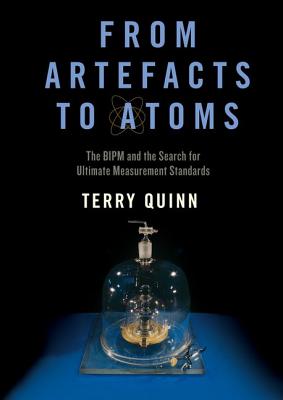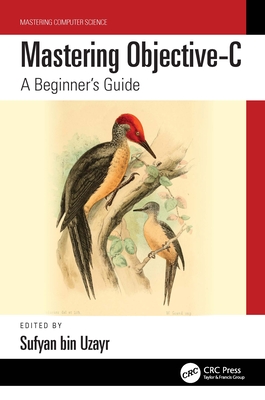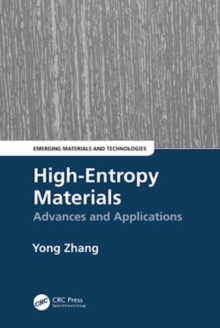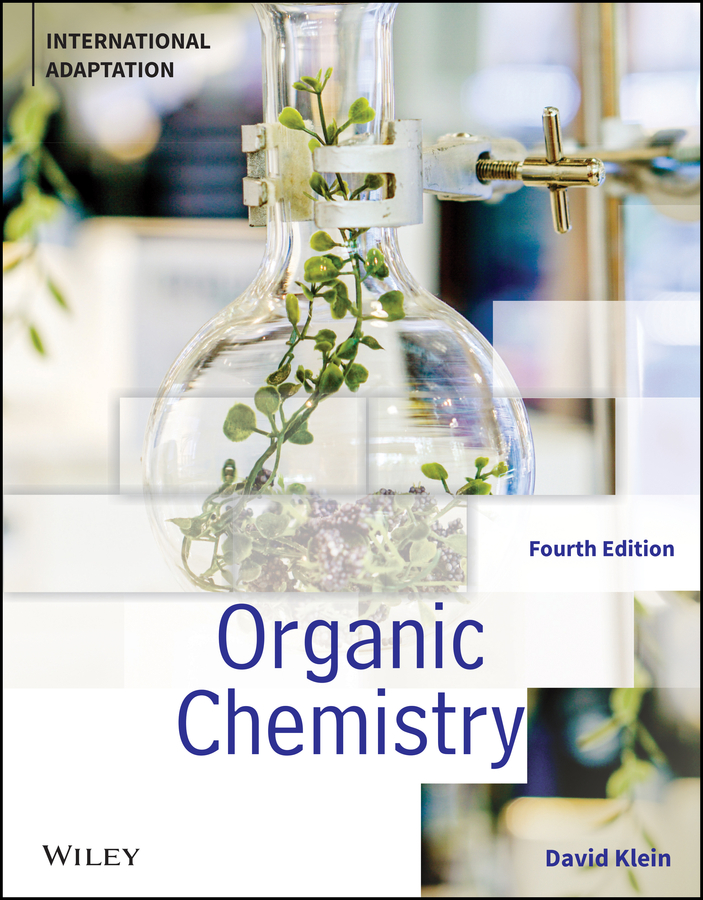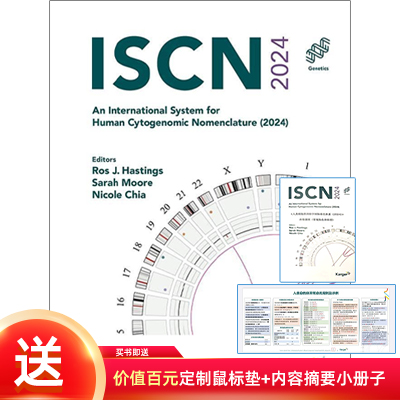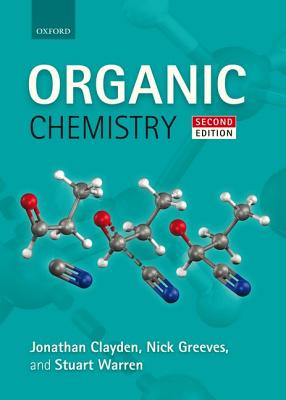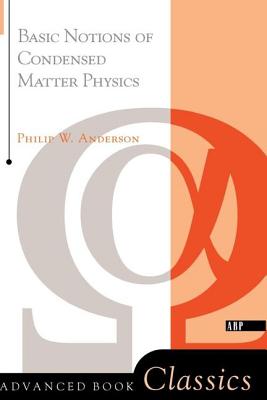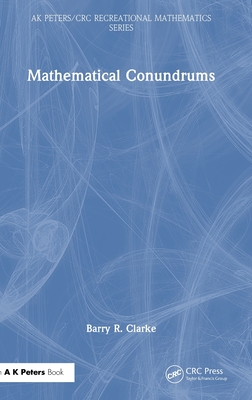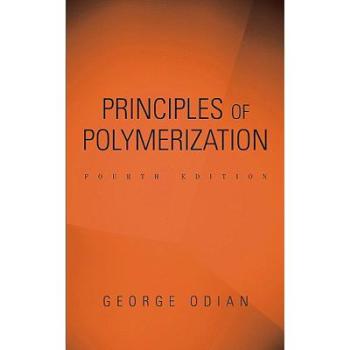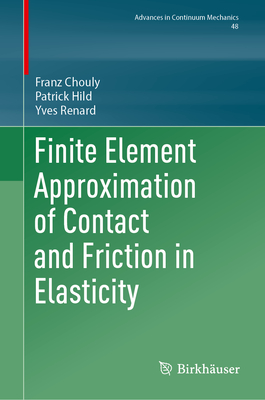图书简介
This is the story of the International Bureau of Weights and Measures--from its origins in the 1860s until today. It highlightes the role of key individuals in the development of the institution and the path from artifact standards of the metre and the kilogram to units based on the fundamental constants of physics.
Introduction; Chapter 1: The origins of the Metre Convention 1851 to 1869; Why?; The need for international agreement on measurement standards; The great Exhibition of 1851 in London; The 1855 Paris Universal Exhibition and Statistical Congress; The Universal Exhibition Paris 1867; a time of political tension in Europe; The unit of length for geodesy and the original definition of the metre; The International Conferences on Geodesy, Berlin 1864 and 1867; Reactions from France: the Bureau des Longitudes; Academy of Science of Saint Petersburg; Reaction from the Academie des Sciences; Chapter 2: The creation of the International Metre Commission 1869; Creation of the Metre Commission; The members of the French Section of the Metre Commission; The first meetings of the French Section; What should be the origin of the new international metre?; The first meeting of the Metre Commission, August 1870; Chapter 3: The International Metre Commission, meetings of 1872/73; The order of things from 1869 to 1875; The Committee for Preparatory Research April 1872; The International Metre Commission September October 1872; Chapter 4: The casting of 1874 and the first steps in the fabrication of the new metric standards; Great Britain decides not to join; The problem of melting and casting platinum; Preparations for the Conservatoire casting; The casting of 250 kilograms of platinum-iridium on 13 May 1874: the alloy of the Conservatoire; Approval of the Permanent Committee; First indications that the alloy of the Conservatoire was contaminated with iron and ruthenium; To proceed regardless; Chapter 5: The Diplomatic Conference of the Metre 1875; The first sessions of the Conference; The Special Commission; First drafts of the Convention; Attempts at a compromise proposal; The opinion of the French Government; The first vote on the proposals; The 12 and 15 April sessions of the Diplomatic Conference; The signing of the Metre Convention on 20 May 1875; Chapter 6: The creation of the BIPM and the beginning of the construction of the new metric prototypes; problems with the French Section; The first meeting of the International Committee for Weights and Measures; The founding members of the International Committee; Choosing the site for the International Bureau, the Pavillon de Breteuil; Decisions on the main instruments for the new institute; Progress between April 1875 and April 1876; design for laboratory building; Difficult relations between the International Committee and the French Section; First meeting of the International Committee at the Pavillon de Breteuil; the Committee refuses the 1874 alloy; A new railway line and improved relations with the French Section; Chapter 7: 1879 to 1889, the first decade of scientific work at the International Bureau; Progress with metres and instruments; Publications, official and scientific and the library; Elections to the International Committee; Construction of the new prototypes, the metres; Construction of the new prototypes, the kilograms; More on the metres; Good relations with the French Section; The measurement of temperature, the 1887 hydrogen scale; A first unsuccessful step towards electrical standards at the BIPM; Chapter 8: New Member States and the first General Conference on Weights and Measures, 1889; New States join including Great Britain; Time to call a General Conference?; Final acts of the French Section; The first General Conference on Weights and Measures September 1889; The formal adoption of the new metric prototypes; The distribution of national prototypes; In the end, who was right about the alloy of the Conservatoire?; Chapter 9: The development of the scientific work at the BIPM, the General Conferences of 1895 and 1901; More new scientific work; Thermometry; The density of water; The length of the metre in terms of the wavelength of light; Calibrations; Staff health problems and building repairs; Members of the International Committee; The toise and the Imperial Standard Yard; The second General Conference and the BIPM pension scheme and reserve fund; The third General Conference: the BIPM too small and fragile?; Chapter 10: The creation of the Grands Laboratoires; Physikalisch-Technische Reichsanstalt (PTR); National Physical Laboratory (NPL); The National Bureau of Standards (NBS); A French national standards laboratory?; Chapter 11: The story of invar and the extension of the role of the International Bureau at the 6th General Conference 1921; The origins of the discovery of invar; Thermal and mechanical properties of invar; Samuel Stratton and Sir David Gill and proposals for changing the Convention; Scientific staff of the Bureau; The fifth General Conference and proposals for a new temperature scale; Legal and practical metrology; The International Bureau 1914 to 1918; The meeting of the International Committee in 1920 and the resignation of Foerster; Plans to broaden the range of the Bureau’s work; The opening of the sixth General Conference 27 September 1921; Objections to the new role for the International Bureau; Final conclusions of the Conference: a new Convention and broader role for the International Bureau; Chapter 12: The 7th and 8th General Conferences 1927 and 1933, practical metrology and the Bureau during the Second World War; The financial situation of the Bureau in the 1920s; Results of the first verification of national prototypes of the metre presented to 7th General Conference; What should be the standard temperature for the definition of the metre and for industrial length metrology?; Quartz reference standards for length and proposals for a new definition of the metre; Agreement for work on electrical standards at the International Bureau and the creation of the Consultative Committee for Electricity; The International Temperature Scale of 1927; The beginning of electrical work at the International Bureau; The move to absolute electrical units; A Consultative Committee for Photometry and the CIE, new definition of the standard of light; The International Committee takes an important decision related to practical metrology; Other activities of The International Committee and international Bureau in the 1930s; The International Bureau during the Second World War; Scientific work during the War; Chapter 13: The SI, absolute electrical units, the International Committee and the creation of the ionizing radiation section.; The call for an International System of Units at the 9th General Conference 1948; The substitution of absolute electrical units for the 1908 International Units; Objections on the part of the PTR; A date for implementation of the absolute system and interruption caused by the war; The need to act quickly; Final decisions of the International Committee; Final discussions on practical metrology; New science, new prospects for units; The International Committee after the war; The International Bureau and its staff after the war, the Accord de Siege; The creation of the Ionizing Radiation Section at the Bureau; Chapter 14: The adoption of the SI, revising the Metre Convention, new definitions of the metre and second at the 11th General Conference 1960; The International System of Units SI; Preparations to revise the Metre Convention; Discussions at the 11th General Conference; The change in definition of the Metre: arguments for and against; Which radiation to choose?; The new definition of the metre and the International Bureau; Financial matters and problems of the Cold War; The definition of the second; The International Committee decides; Problems with the new definition of the second; The second redefined again in 1967; The development of the scientific work of the International Bureau up to 1975; The influence on the Bureau of national standards laboratories; The influence of the Consultative Committees; Laser wavelength standards at the Bureau; Staff development at the Bureau; Calibrations: an evolving activity at the Bureau; The new journal, Metrologia; Chapter 15: The mole, the speed of light and more about the Metre Convention; The mole and chemistry; The first attempt to bring chemistry into the affairs of the Bureau; The 13th CGPM and its refusal to adopt the dotation; The Centenary of the Metre Convention in 1975; Redefinition of the metre in terms of the speed of light; New proposals to modify the Metre Convention; The Direction and supervision of the International Bureau from 1975 to 2003; The financial situation of the BIPM from 1975 to 2003; The Pavillon du Mail, some difficulties with building permission; Chapter 16: New science at the BIPM and the Recognition of National measurement Standards; The BIPM staff in the last quarter of the 20th century; Developments in photometry and radiometry and a new definition of the candela; International Atomic Time and Coordinated Universal Time; Other new science at the Bureau; The new quantum electrical standards; The BIPM mechanical workshop; Chemistry at last comes to the CIPM and BIPM; Traceability in laboratory medicine; The International Organization for Legal Metrology; The CIPM Mutual Recognition Arrangement for National Measurement Standards - early discussions; First moves towards an MRA; Regional metrology organizations; Other pressures on national laboratories and looking to the BIPM; First meeting of Directors of national metrology institutes and first draft of an MRA; Quality systems and key comparison reference values; Final agreement reached; Chapter 17: The redefinition of the kilogram and the move towards the New SI; The kilogram from 1889 to the present day; Advances in science that at last make absolute units possible; The watt balance; Determine the mass of an atom by x-ray crystal density of silicon; Comparing the results from the watt balance and the silicon crystal density experiments; How and when to proceed to an actual redefinition of the kilogram; What does it mean to fix the numerical value of a fundamental constant and how do we use it to define a unit?; The arguments against a new definition; Redefining the ampere, kelvin and mole; How to formulate the new definitions; The CIPM proposes an absolute system of units based on the fundamental constants of physics; Epilogue: The new SI and the future role of the BIPM; Appendix English text of the Metre Convention; Bibliography
Trade Policy 买家须知
- 关于产品:
- ● 正版保障:本网站隶属于中国国际图书贸易集团公司,确保所有图书都是100%正版。
- ● 环保纸张:进口图书大多使用的都是环保轻型张,颜色偏黄,重量比较轻。
- ● 毛边版:即书翻页的地方,故意做成了参差不齐的样子,一般为精装版,更具收藏价值。
关于退换货:- 由于预订产品的特殊性,采购订单正式发订后,买方不得无故取消全部或部分产品的订购。
- 由于进口图书的特殊性,发生以下情况的,请直接拒收货物,由快递返回:
- ● 外包装破损/发错货/少发货/图书外观破损/图书配件不全(例如:光盘等)
并请在工作日通过电话400-008-1110联系我们。
- 签收后,如发生以下情况,请在签收后的5个工作日内联系客服办理退换货:
- ● 缺页/错页/错印/脱线
关于发货时间:- 一般情况下:
- ●【现货】 下单后48小时内由北京(库房)发出快递。
- ●【预订】【预售】下单后国外发货,到货时间预计5-8周左右,店铺默认中通快递,如需顺丰快递邮费到付。
- ● 需要开具发票的客户,发货时间可能在上述基础上再延后1-2个工作日(紧急发票需求,请联系010-68433105/3213);
- ● 如遇其他特殊原因,对发货时间有影响的,我们会第一时间在网站公告,敬请留意。
关于到货时间:- 由于进口图书入境入库后,都是委托第三方快递发货,所以我们只能保证在规定时间内发出,但无法为您保证确切的到货时间。
- ● 主要城市一般2-4天
- ● 偏远地区一般4-7天
关于接听咨询电话的时间:- 010-68433105/3213正常接听咨询电话的时间为:周一至周五上午8:30~下午5:00,周六、日及法定节假日休息,将无法接听来电,敬请谅解。
- 其它时间您也可以通过邮件联系我们:customer@readgo.cn,工作日会优先处理。
关于快递:- ● 已付款订单:主要由中通、宅急送负责派送,订单进度查询请拨打010-68433105/3213。
本书暂无推荐
本书暂无推荐
